Filter by
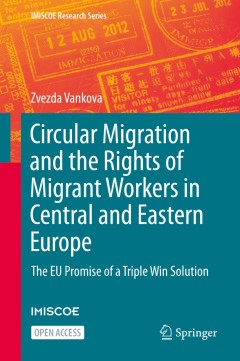
Circular Migration and the Rights of Migrant Workers in Central and Eastern E…
By adopting a rights-based approach, this open access book sheds light on the different legal and policy instruments that have been adopted to implement circular migration policies in the EU and their consequences for the rights of migrant workers. It contributes to the understanding of the meaning of this concept in general, in the EU, as well as more specifically with regard to its Eastern ne…
- Edition
- 10
- ISBN/ISSN
- 9783030526894
- Collation
- xi; 261p;
- Series Title
- -
- Call Number
- 325.24 CIR Z
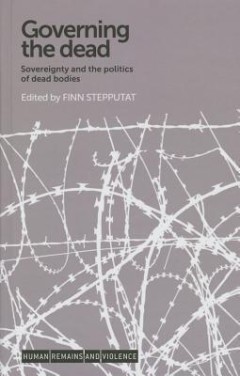
Governing the dead : sovereignty and the politics of dead bodies
This book looks at sovereignty as a particular form of power and politics. It shows that the fate of bodies in the transition from life to death can provide a key to understanding fundamental ways in which sovereignty is claimed and performed. The contributions analyse (post-)conflict as well as non-conflict contexts, which too often are studied in isolation from one another. Focusing on contem…
- Edition
- -
- ISBN/ISSN
- 9781526151599
- Collation
- xiv; 274p,
- Series Title
- -
- Call Number
- 306.9 GOV F

Governing the dead : sovereignty and the politics of dead bodies
This book looks at sovereignty as a particular form of power and politics. It shows that the fate of bodies in the transition from life to death can provide a key to understanding fundamental ways in which sovereignty is claimed and performed. The contributions analyse (post-)conflict as well as non-conflict contexts, which too often are studied in isolation from one another. Focusing on contem…
- Edition
- -
- ISBN/ISSN
- 9781526151599
- Collation
- xiv; 274p,
- Series Title
- -
- Call Number
- 306.9 GOV F

Common law, civil law, and colonial law : essays in comparative legal history…
Common Law, Civil Law, and Colonial Law builds upon the legal historian F.W. Maitland's famous observation that history involves comparison, and that those who ignore every system but their own 'hardly came in sight of the idea of legal history'. The extensive introduction addresses the intellectual challenges posed by comparative approaches to legal history. This is followed by twelve essays d…
- Edition
- -
- ISBN/ISSN
- 9781108955195
- Collation
- ix, 350 p. ; ill
- Series Title
- -
- Call Number
- 340.209 EYE c

The Endangered Species Act : history, implementation, successes, and controve…
The complex regulations of the Endangered Species Act established by the U.S. Fish and Wildlife Service can be challenging for environmental professionals who must comply with them or assist clients in compliance. This is true especially for those without a background in biology or ecology. The Endangered Species Act: History, Implementation, Successes, and Controversies discusses the Act using…
- Edition
- -
- ISBN/ISSN
- 9781466507371
- Collation
- xv, 262 p. : ill
- Series Title
- -
- Call Number
- 346.730469522 DOU t
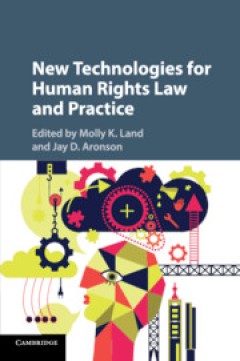
New technologies for human rights law and practice
New technological innovations offer significant opportunities to promote and protect human rights. At the same time, they also pose undeniable risks. In some areas, they may even be changing what we mean by human rights. The fact that new technologies are often privately controlled raises further questions about accountability and transparency and the role of human rights in regulating these ac…
- Edition
- -
- ISBN/ISSN
- 9781316838952
- Collation
- xiv, 334 p. ; ill
- Series Title
- -
- Call Number
- 342.085 LAN n
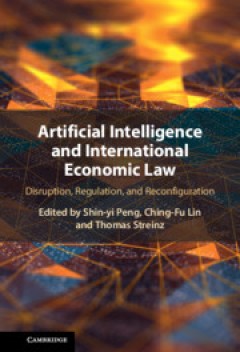
Artificial intelligence and international economic law : disruption, regulati…
Artificial intelligence (AI) technologies are transforming economies, societies, and geopolitics. Enabled by the exponential increase of data that is collected, transmitted, and processed transnationally, these changes have important implications for international economic law (IEL). This volume examines the dynamic interplay between AI and IEL by addressing an array of critical new questions, …
- Edition
- -
- ISBN/ISSN
- 9781108954006
- Collation
- xi, 352 p. : ill
- Series Title
- -
- Call Number
- 343.087 PEN a
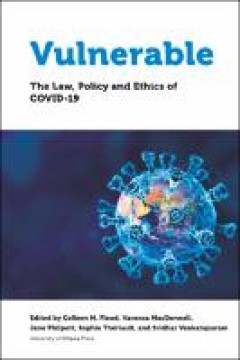
Vulnerable : the law, policy and ethics of COVID-19
Vulnerable examines the vulnerabilities and interconnections brought to light by the pandemic, as well as the legal, ethical and public policy responses. This book exposes the vulnerabilities of individuals, institutions, governance and legal structures, in several countries and worldwide.
- Edition
- -
- ISBN/ISSN
- 9780776636429
- Collation
- xiii, 630 p. : ill
- Series Title
- -
- Call Number
- 362.1962414 FLO a

Circulation and control : artistic culture and intellectual property in the n…
The nineteenth century witnessed a series of revolutions in the production and circulation of images. From lithographs and engraved reproductions of paintings to daguerreotypes, stereoscopic views, and mass-produced sculptures, works of visual art became available in a wider range of media than ever before. But the circulation and reproduction of artworks also raised new questions about the leg…
- Edition
- -
- ISBN/ISSN
- 9781800641488
- Collation
- xiv, 288p.: ill.
- Series Title
- -
- Call Number
- 346 DEL c
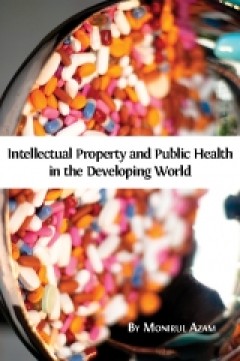
Intellectual property and public health in the developing world
Across the world, developing countries are attempting to balance the international standards of intellectual property concerning pharmaceutical patents against the urgent need for accessible and affordable medicines. In this timely and necessary book, Monirul Azam examines the attempts of several developing countries to walk this fine line. He evaluates the experiences of Brazil, China, India, …
- Edition
- -
- ISBN/ISSN
- 9781783742301
- Collation
- xxiiii, 348 p. : ill.
- Series Title
- -
- Call Number
- 615.1091724 AZA i
 Computer Science, Information & General Works
Computer Science, Information & General Works  Philosophy & Psychology
Philosophy & Psychology  Religion
Religion  Social Sciences
Social Sciences  Language
Language  Pure Science
Pure Science  Applied Sciences
Applied Sciences  Art & Recreation
Art & Recreation  Literature
Literature  History & Geography
History & Geography